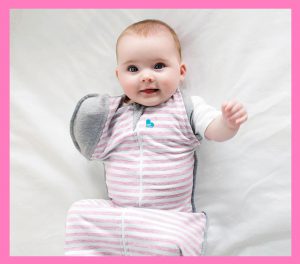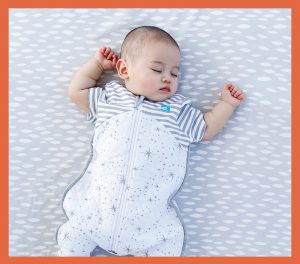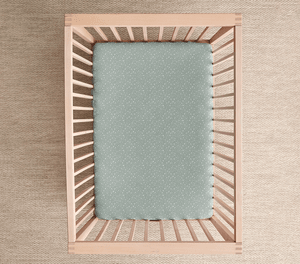ALL ABOUT WHITE NOISE: HOW TO USE IT AND HOW TO TRANSITION OFF IT?
For many adults, silence is golden when it comes to sleep. But babies and children don’t need a completely silent room. In fact, the consistent hum of normal everyday household noises can be soothing for babies and help them fall asleep.
Some babies, especially newborns, may even sleep better when it’s noisy. (Some experts believe this is because the womb is a noisy place and babies are used to hearing their mom’s heartbeat, the whoosh of blood flowing, talking etc).
While it’s not essential to use a white noise machine or app, some families find them helpful – especially if there’s a toddler making lots of noise when trying to settle your baby, or there’s risk of other disruptions like noisy neighbors, slamming doors, ringing doorbells or if baby’s sleep space is next to the living room.
Before deciding if you want to use white noise, it’s good to understand what it is, how it works and most importantly, how to use it safely.
What is white noise?
Similar to light, there are many different colors of sound or noise, and the color is determined by how energy of the sound signal is distributed over various frequencies.
True white noise contains every frequency humans can hear, in equal amounts, creating a steady humming sound. It has a similar sound to the staticky “shhh” you hear when a radio isn’t tuned properly, and is continuous, consistent and constant.
Pink noise is considered to work in a similar way to white noise. It consists of all frequencies we can hear, but it is more intense at lower frequencies, creating a deeper, flat sound.
How does white noise work?
White noise creates a masking effect, blocking out sudden loud noises which may disturb your baby’s sleep.
Although classical music, sounds of rain, the beach, or a rainforest may be relaxing, these are not true “white noise” and can actually have the opposite intended effect and disturb your baby’s sleep.
Will white noise definitely help my baby sleep?
Every baby is different, so they’ll respond differently to white noise. If you decide to try it (or you’re already using it) it’s important to use white noise safely.
How to use white noise safely:
If you choose to use white noise you want to make sure you aren’t damaging your little ones’ hearing.
Recommendations to use white noise safely include:
- Place the sound machine at least 2 meters away from baby’s crib.
- Ensure the sound level does not exceed 50 decibels (no louder than a quiet conversation or a shower running). This may be the lowest setting on your machine.
- Ensure the machine is out of your child’s reach and any wires are safely tucked away.
Studies have suggested that many white noise machines are too loud for babies. The loudest setting on many machines exceeds the maximum 50 decibel recommendation, with some generating more than 85 decibels. Always ensure you use a low volume!
Transitioning off white noise:
As long your baby has their sleep foundations in place, and there are no loud noises that could disturb their sleep, you can stop using the white noise cold turkey (only if you’re using true ‘white noise’. This may not work if you’re using classical or relaxing music).
If going cold turkey seems a bit daunting, you could always take the more gradual approach.
Choose a nap or evening bedtime to start. Stick with your usual wind down routine, including using the white noise. Once your baby is in a deep sleep (typically around 20 minutes after falling asleep) slowly turn the white noise down and then off. Do this for all naps and sleeps for 2-3 days.
For the following 2-3 days, for all naps and evening bedtime, follow the usual wind down routine including the white noise – but start the white noise turned down lower than usual. Once your baby is in a deep sleep, slowly turn the white noise down and completely off. Your baby should be able to fall asleep without the white noise on at all within approximately a weeks’ time. Don’t give up hope if it takes your little one a bit longer. Just make sure all the foundations are in place and keep persevering. You will get there!








